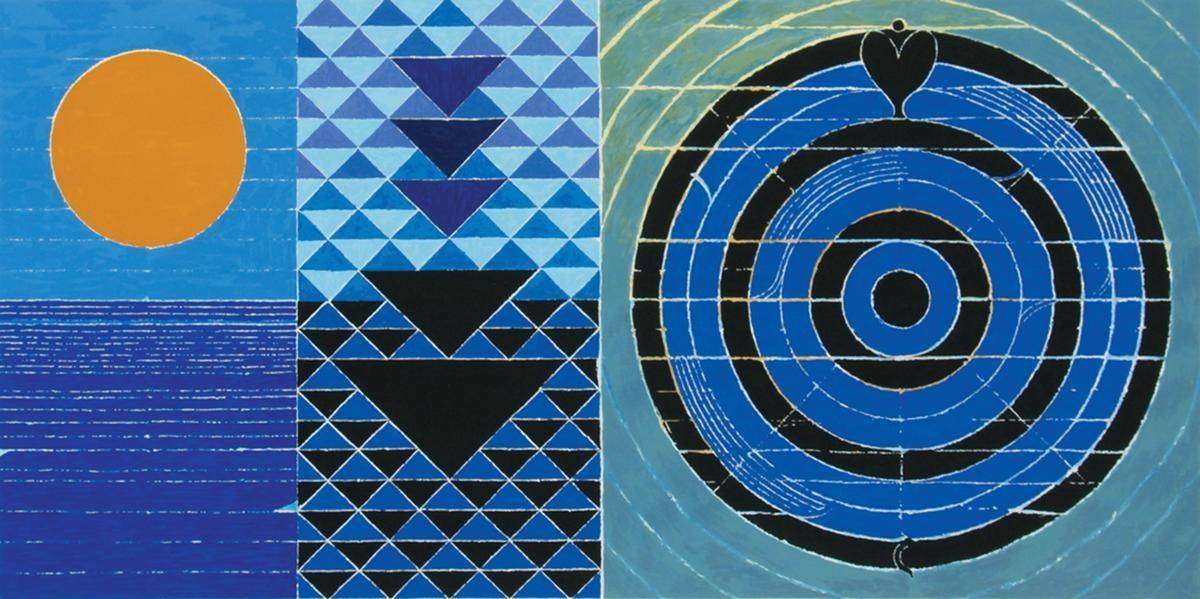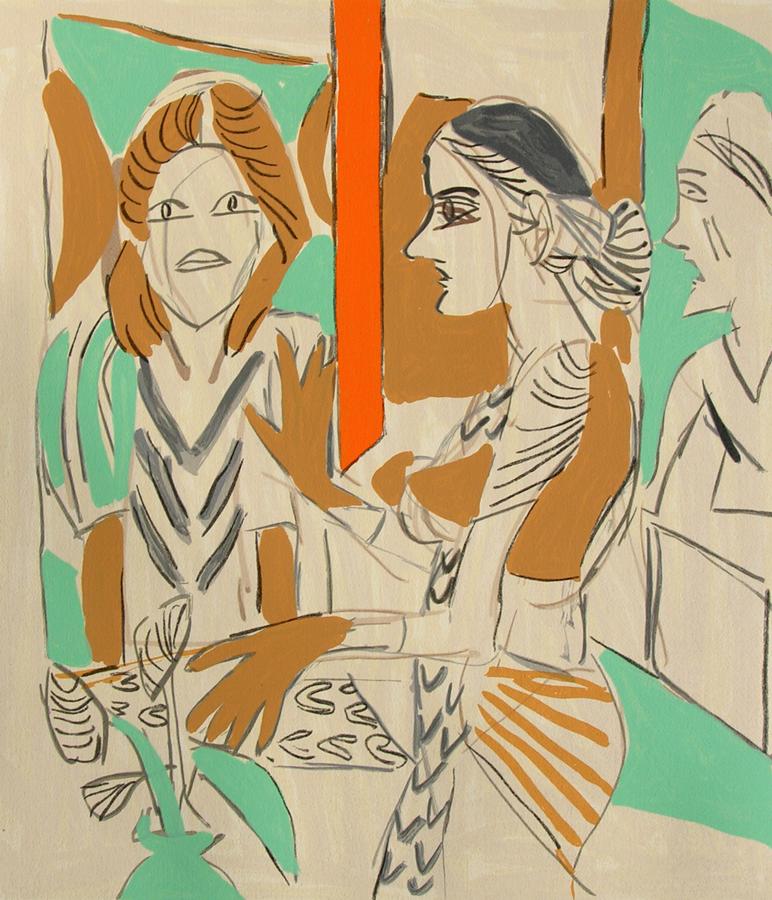By Team Mojarto
Every artwork is produced with utmost passion, commitment and skills. Serigraphs are artworks that are made with something in addition to these; craftsmanship. The creation of serigraph is a very labour-intensive work that needs many weeks to be completed. The technical flexibility and artistic versatility of the medium make many young artists love the medium. It is created by forcing ink through a series of fine-meshed silk screens. Serigraphs are made to make artworks available to more people at affordable prices, with the consent of the artist.

A serigraph’s most important feature is the artist’s signature, which confirms its authenticity as a genuine artwork. Without a signature, a serigraph may as well be a poster. Another contributing feature is its finite availability. Limited edition sizes range from under 100 up to 1200, but on average, serigraphs are printed in runs of 100 to 125. Each print is numbered in the form of a fraction, such as 1/100, meaning that the print is number 1 within an edition of 100.

Typically, prints of fewer editions are higher in value. Depending on the artist’s historical importance and the specific serigraph, the value of a serigraph can keep increasing with time. Serigraphs have a long and fascinating history as a printing art more versatile than any traditional printing technique. As original fine art, serigraphs gained acceptance from both collectors and galleries in the 1960s when artists such as Andy Warhol, Roy Lichtenstein, Tom Wesselmann and Robert Rauschenberg began creating major works in this medium by experimenting with colours and textures that were unavailable in other mediums.

Serigraphs preserve and carry forward the cultural legacy of renowned artists and make it accessible to a larger audience. And there’s no better way to afford art in your home. Mojarto has a wide range of serigraph collections awaiting to decorate your walls.